The phenomenon of steamed bun collapse has long puzzled both home cooks and commercial bakeries alike. While these fluffy staples of Asian cuisine appear simple in their composition - just flour, water, and yeast - their structural integrity depends on a delicate interplay of biochemical processes. At the heart of this issue lies the gluten network's ability to retain gas during fermentation and steaming, a factor that determines whether buns emerge from the steamer dome-shaped and proud or sunken and dense.
When properly developed, gluten forms an elastic matrix that acts like countless microscopic balloons capable of stretching without breaking. This protein network must strike a perfect balance between strength and extensibility - too weak and it cannot contain the expanding gases, too strong and it resists proper expansion during proofing. The collapse typically occurs when this fragile equilibrium gets disrupted at any stage from mixing to steaming, leaving behind those telltale dimples and wrinkles that signal disappointment.
Water absorption and protein quality create the foundation for gas retention even before kneading begins. Different wheat varieties contain varying ratios of glutenin and gliadin - the two proteins that combine to form gluten. Flour with insufficient protein content (generally below 9%) struggles to develop enough structural support, while very high protein flour (above 12%) may produce such a tough network that it tears rather than stretches. The water-to-flour ratio further influences this dynamic; inadequate hydration leaves proteins unable to properly align, whereas excessive water dilutes the developing network.
During fermentation, yeast cells metabolize sugars and produce carbon dioxide that inflates the gluten matrix. A healthy dough can expand to nearly double its original volume as these gas pockets multiply. However, this impressive inflation comes with inherent vulnerability - the stretching gluten walls thin progressively with each bubble's expansion. Professional bakers describe this as the "windowpane stage," where a properly developed dough can be stretched thin enough to see light through without rupturing. Achieving this requires both time and technique; underdeveloped dough lacks sufficient elasticity while overworked dough becomes stiff and inelastic.
The steaming process itself presents critical challenges to structural integrity. Unlike baking which forms a rigid crust through dehydration and Maillard reactions, steaming maintains high moisture levels that keep gluten proteins flexible. This moisture softens the network just as internal gas pressure peaks from rapid heat expansion. If the gluten structure hasn't developed adequate strength during mixing and proofing, this combination of softening and pressure proves disastrous. The sudden collapse resembles a building whose steel framework melted under stress - layers that were supporting each other moments before slump into dense strata.
Environmental factors introduce additional variables that influence outcomes. Dough proofed in overly humid conditions may develop a wet surface that weakens the outer gluten layer, creating weak points for collapse. Temperature fluctuations during proofing can cause uneven gas production - pockets of overexpansion surrounded by denser areas. Even the mineral content of water affects gluten development; soft water tends to produce stickier dough while hard water can overly tighten the gluten network.
Traditional techniques have evolved to combat these vulnerabilities. Multiple proofing stages allow for gradual gluten development and gas distribution. The practice of "punching down" dough between rises isn't just about degassing - it redistributes yeast nutrients and temperature while aligning gluten strands more uniformly. Some bakers incorporate a small percentage of vinegar or other acids to slightly denature proteins, increasing extensibility. Others use combination cooking methods - starting with steam then finishing with dry heat to set the structure.
Modern food science has identified enzymatic solutions to supplement these traditional approaches. Amylase enzymes help convert starches to sugars at optimal rates, preventing overfermentation that weakens gluten. Protease enzymes can carefully modify gluten structure when native proteins are too strong. These biochemical tools allow commercial producers to achieve consistency across varying flour batches and environmental conditions - though artisanal bakers argue they sacrifice nuanced texture and flavor development.
The quest for perfect bun structure continues to inspire innovation. Researchers are experimenting with pulse flour additions that introduce alternative protein networks to support gluten. High-pressure mixing techniques create more uniform gluten development in shorter timeframes. Even the study of sourdough microbes offers clues about how different bacterial strains might modify gluten properties during fermentation. Each advancement brings us closer to understanding - though perhaps never fully mastering - the remarkable alchemy that transforms simple ingredients into cloud-light steamed buns.
Ultimately, the humble steamed bun serves as a edible physics lesson, demonstrating principles of material science through everyday food. Its successes and failures teach us about polymer networks, gas laws, and thermal dynamics in ways laboratory equipment never could. For professional bakers and home cooks alike, that moment of lifting the steamer lid remains an experiment's reveal - will today's efforts yield plump perfection or collapsed disappointment? The answer lies hidden in the invisible gluten architecture, waiting to show itself one steamed batch at a time.

By /Jul 24, 2025
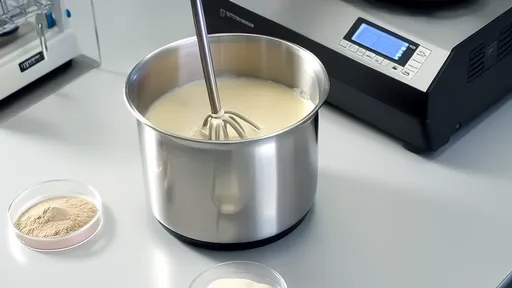
By /Jul 24, 2025

By /Jul 24, 2025

By /Jul 24, 2025
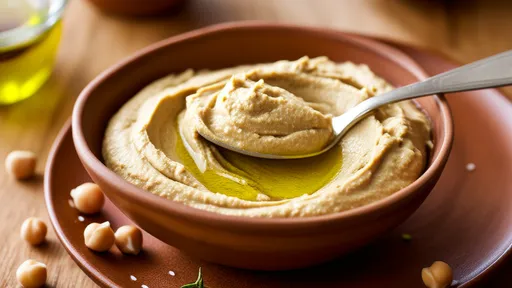
By /Jul 24, 2025
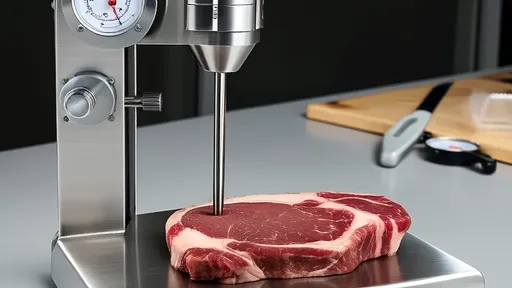
By /Jul 24, 2025
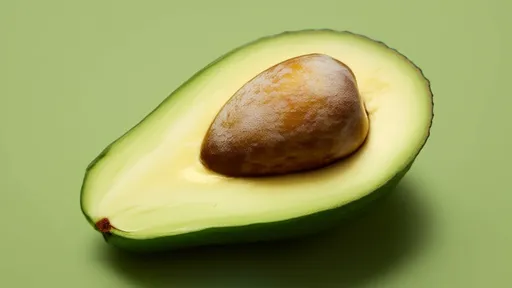
By /Jul 24, 2025
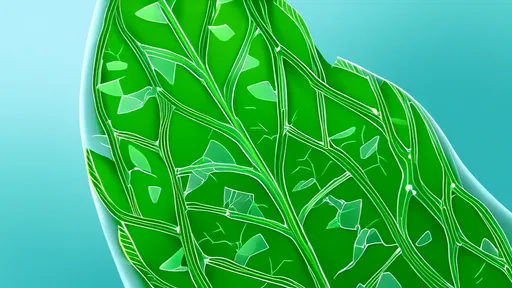
By /Jul 24, 2025

By /Jul 24, 2025
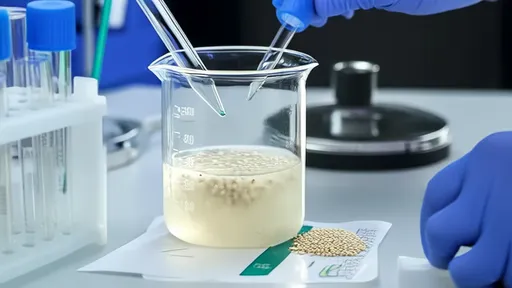
By /Jul 24, 2025

By /Jul 24, 2025

By /Jul 24, 2025
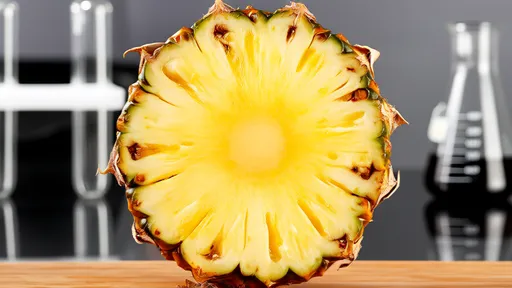
By /Jul 24, 2025
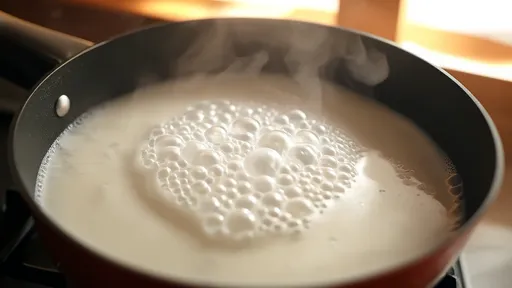
By /Jul 24, 2025
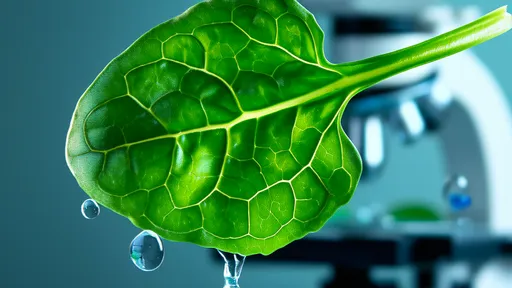
By /Jul 24, 2025
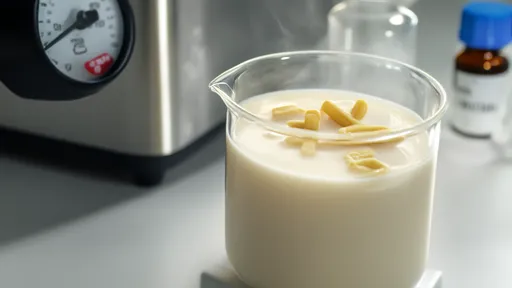
By /Jul 24, 2025

By /Jul 24, 2025
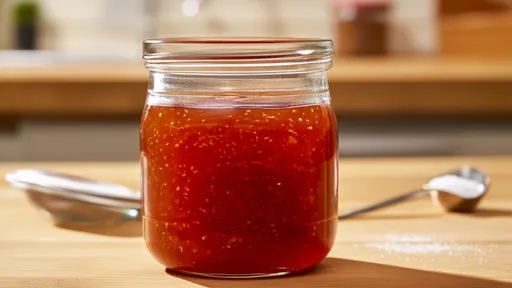
By /Jul 24, 2025
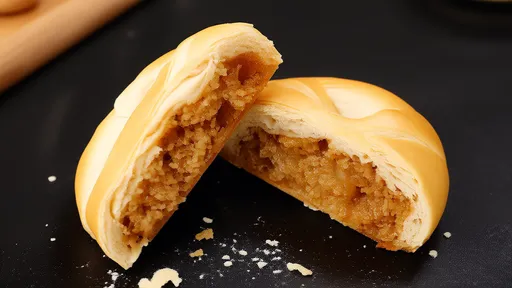
By /Jul 24, 2025

By /Jul 24, 2025